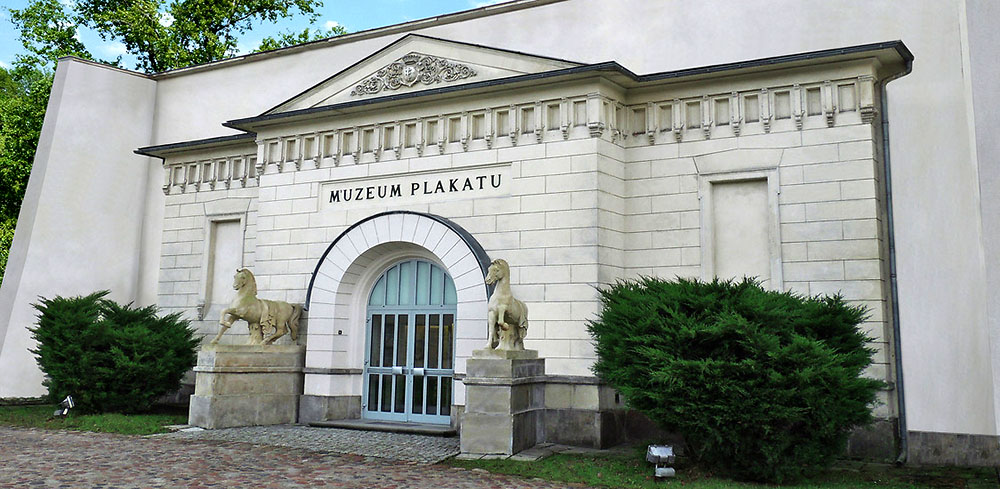Exhibition in Warsaw
Until well into the 1980s, mass gymnastics events were very popular in the countries of the so-called “Eastern Bloc”. The idea of mass public gymnastics had already been developed in the 19th century by the German patriot Friedrich Ludwig Jahn, who later became known as the “gymnastics teacher”. It was only under socialism, however, that the mass synchronicity of gymnasts fitted perfectly with the political system: the individual is only perfect as part of the collective and the collective is only perfect if every individual is. It is therefore no wonder that mass gymnastics was enthusiastically promoted in many countries of actually existing socialism: in Romania, Yugoslavia, Hungary, Czechoslovakia, China, Russia and, of course, the GDR, where the “Leipzig Gymnastics and Sports Festival” enjoyed great popularity until its last performance in 1989. The last country where something comparable still takes place today is the “hermit kingdom” of North Korea and my photo series about the Arirang Massgames in Pyongyang is one of the few that exist. I’m always pleased when someone stumbles across it and makes something of it.
The latest person to take an interest in the series is Professor David Crowley, Head of Critical Writing in Art & Design Programme at the venerable Royal College of Art in London. He is curating the 25th International Poster Biennale in Warsaw and wrote to me in April: “One theme in the exhibition will be the way in which animated human posters are formed in the Arirang performances in North Korea. I was very excited to see your photographs because they capture the human figures who make these ‘animations’ in a way that no other photographer has. They are remarkable.”
He has now selected one of my photos (this one here) and will be showing it in the exhibition in an 80 x 120 cm print that I made especially for the occasion. Vernissage is on Saturday 11 June, the exhibition lasts until 25 September. If you are in Warsaw, just drop by. It’s extremely exciting.
Photo and video courtesy of Mariusz Knorowski, curator.




